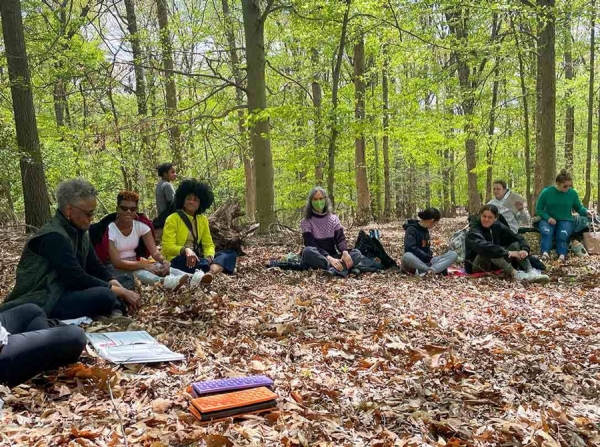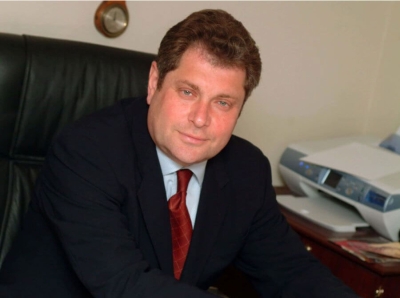Forest therapy in Los Angeles: $350 per session

I am a maximalist, so in my hobbies I sometimes reach the point of absurdity. My beloved does not have time to swear how dearly my spiritualistic experiences in Los Angeles are costing him. You can't take me with crocodile bags. Give me lithotherapists with stones, soulhealing meditation and mycotherapists with microdosing. Recently I went not for some pointless hiking, but for a fashionable forest bathing for $350. The guide took all my gadgets from me and we went for a walk. For the first 10 minutes I walked around unhappy, experiencing FOMO without my phone. In the absence of music, I began to listen to the crunching of branches and sarcastically noted to myself that this crunching sound I had forgotten was probably worth 350 dollars. But after half an hour, the arrogance faded away, either from the steep climb up the mountain, or from meditation under a hundred-year-old oak tree. Surprisingly, you begin to feel an incredible connection with nature and feel that this oak and grass are all a continuation of something infinitely eternal. “We sometimes do yoga, sometimes we just sit in the lotus position and listen to the forest and birdsong. Even my most severe clients, who went on this walk forcibly, after half an hour become different, like children. They run, jump, hug trees. This is how nature works,” the forest therapist shares with me as I hang on the vine in complete delight.
In Japan, people began to get involved in this type of therapy back in the early 80s. In Japanese it is called shinrin-yoku, which means “forest bathing.” It became popular because at that time many people moved from villages to big cities, where technological progress was in full swing. The economy began to flourish, and life expectancy began to fall. The Japanese government, drawing on a culture of reverence for nature, has launched research into the impact of nature on human health. They looked at physiological indicators such as blood pressure and heart rate, levels of stress hormones, immune system response and overall well-being. From lowering blood pressure to anxiety, the results have been so promising that more than five dozen nature trails have become forest therapy health trails. One particularly magical discovery is that phytoncides, the aromatic organic compounds released by trees—the same things that make forests smell so good—save trees from pests and pathogens. They also help people: when we breathe forest air, fintocytes increase the number of killer (NK) cells in our body, which suppress the growth of tumor cells, which is why forest therapy is practiced by many who are being treated for oncology.
In America, forest therapy schools are opening - they not only create programs and walking routes, but also train guides. By the way, they have a good salary with an average of 42 thousand dollars a year. The profession is not dusty and pleasant. Well, now you can hunt for Abramovich walking with his corgi along the secret paths of the Meshchersky forest under the guise of forest therapy. And if you are lucky enough to run into him, then don’t be at a loss and tell him about fintocytes.
Author: Yunia Pugacheva



